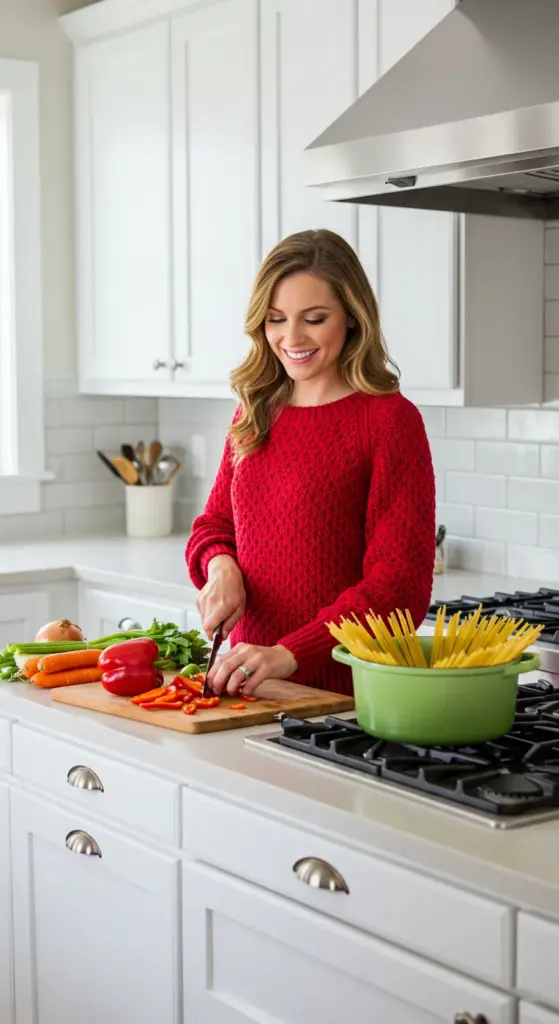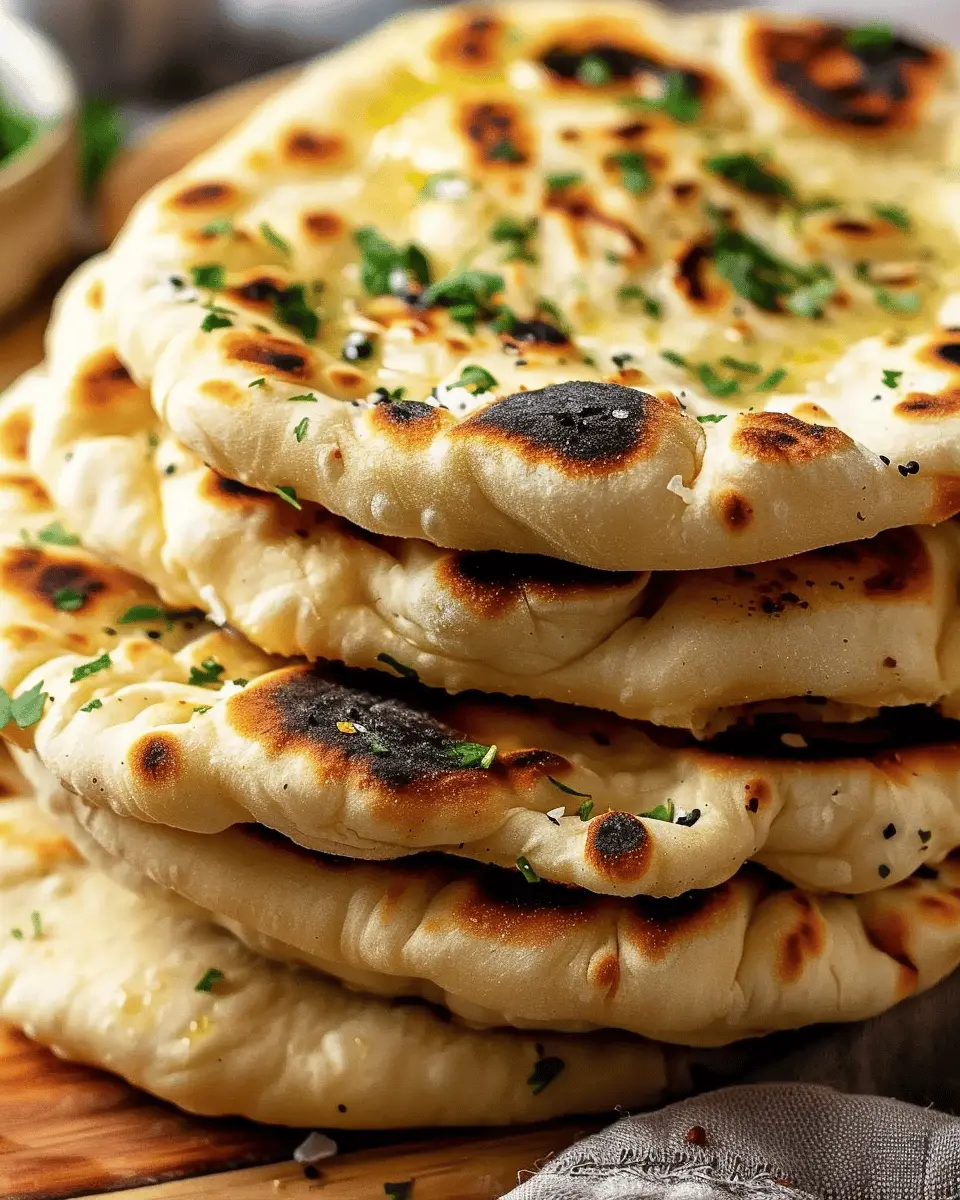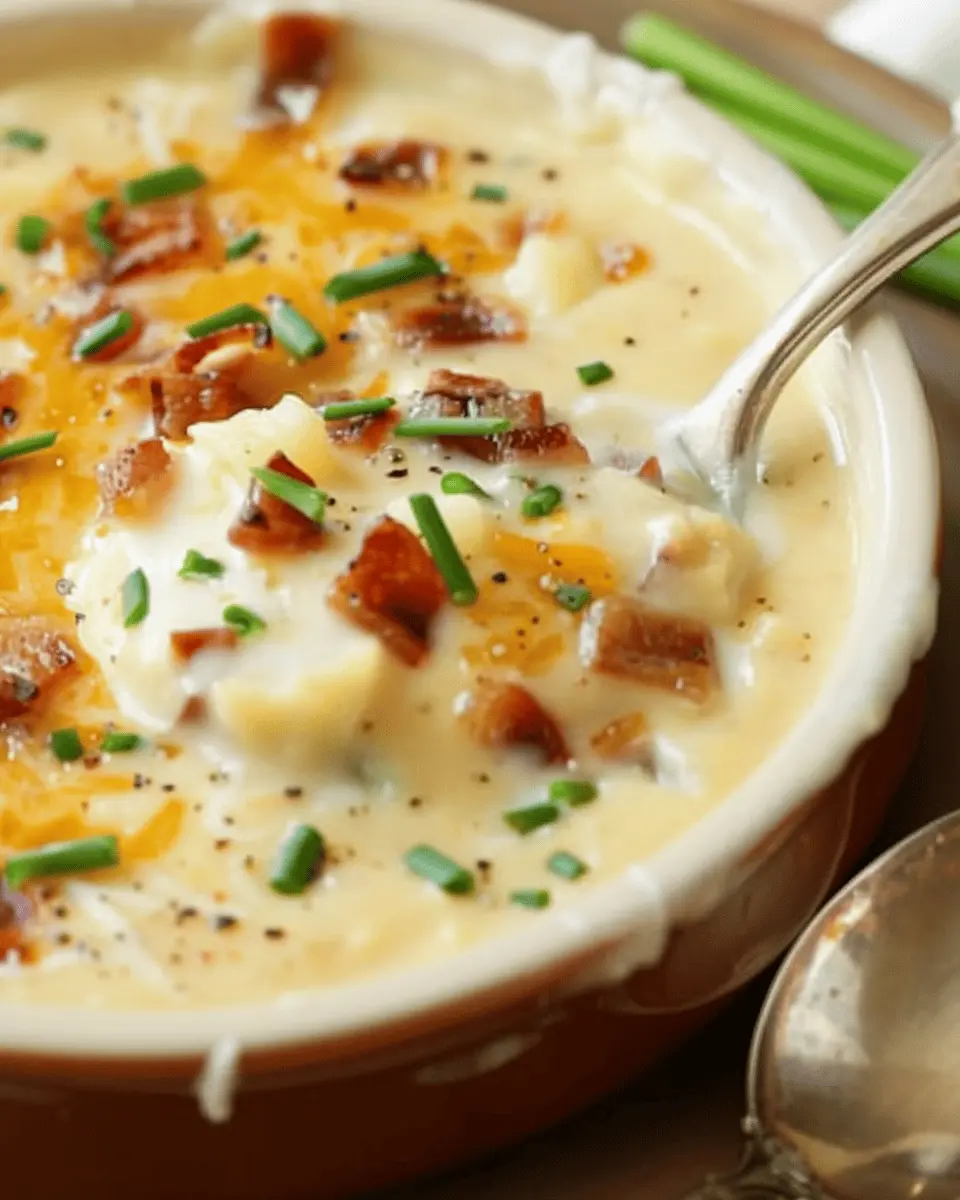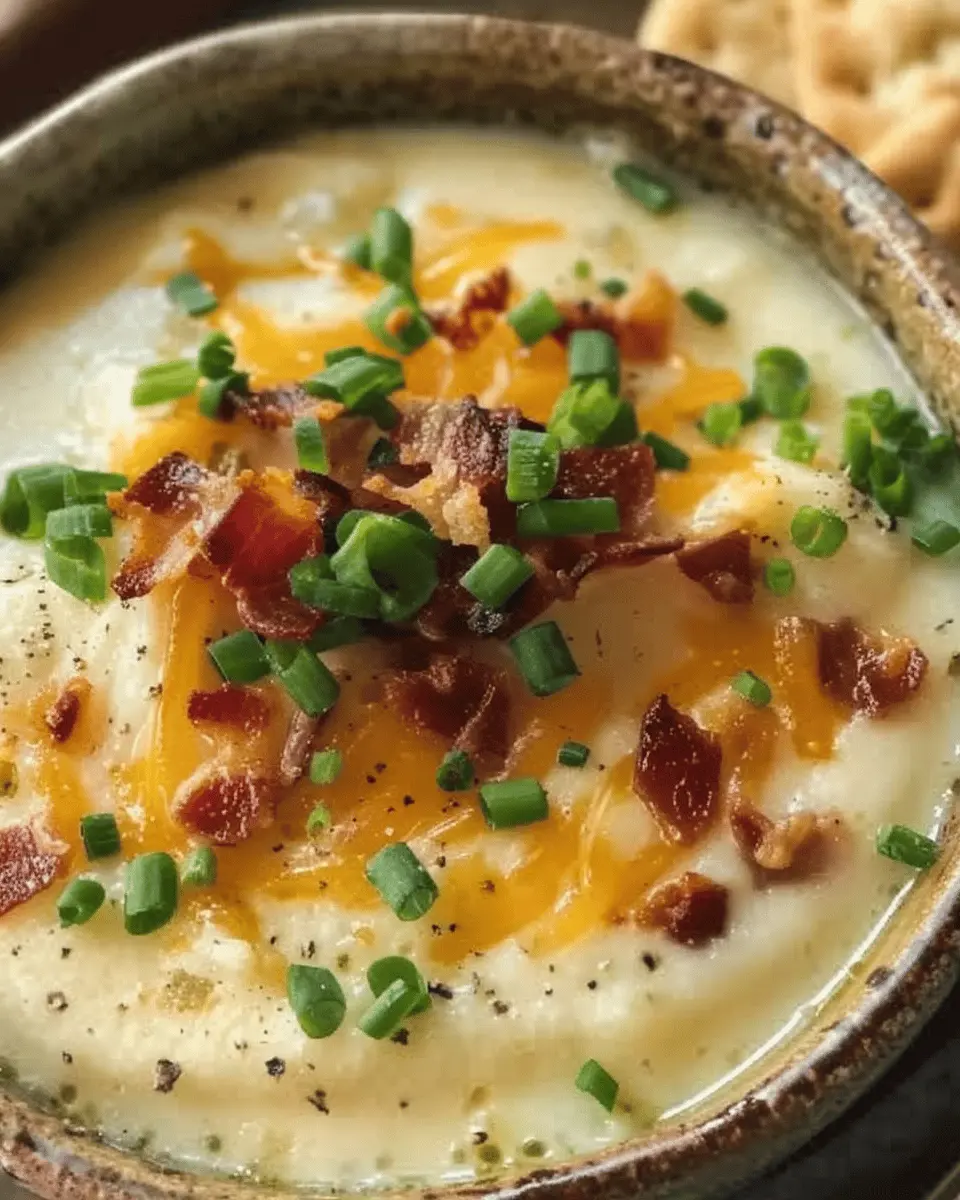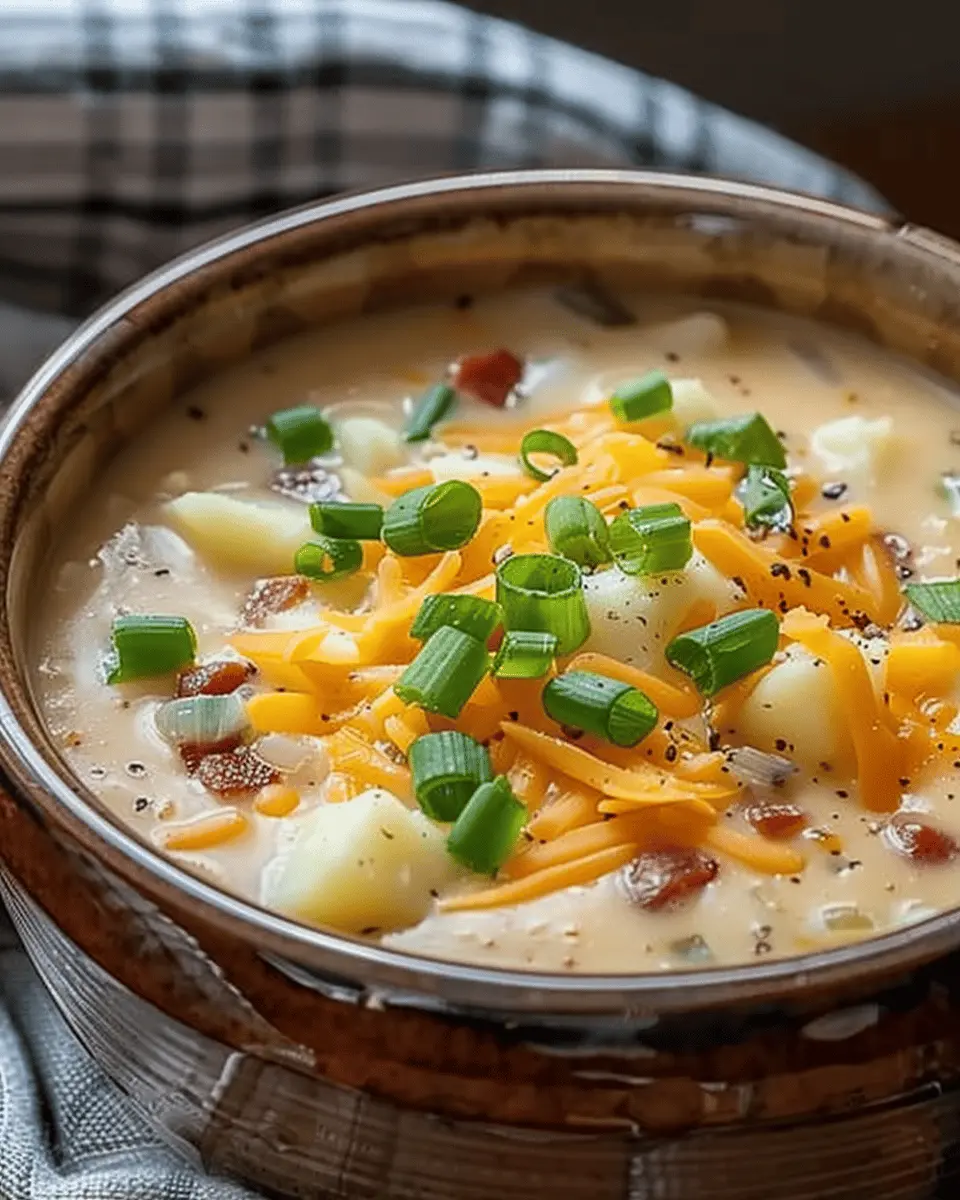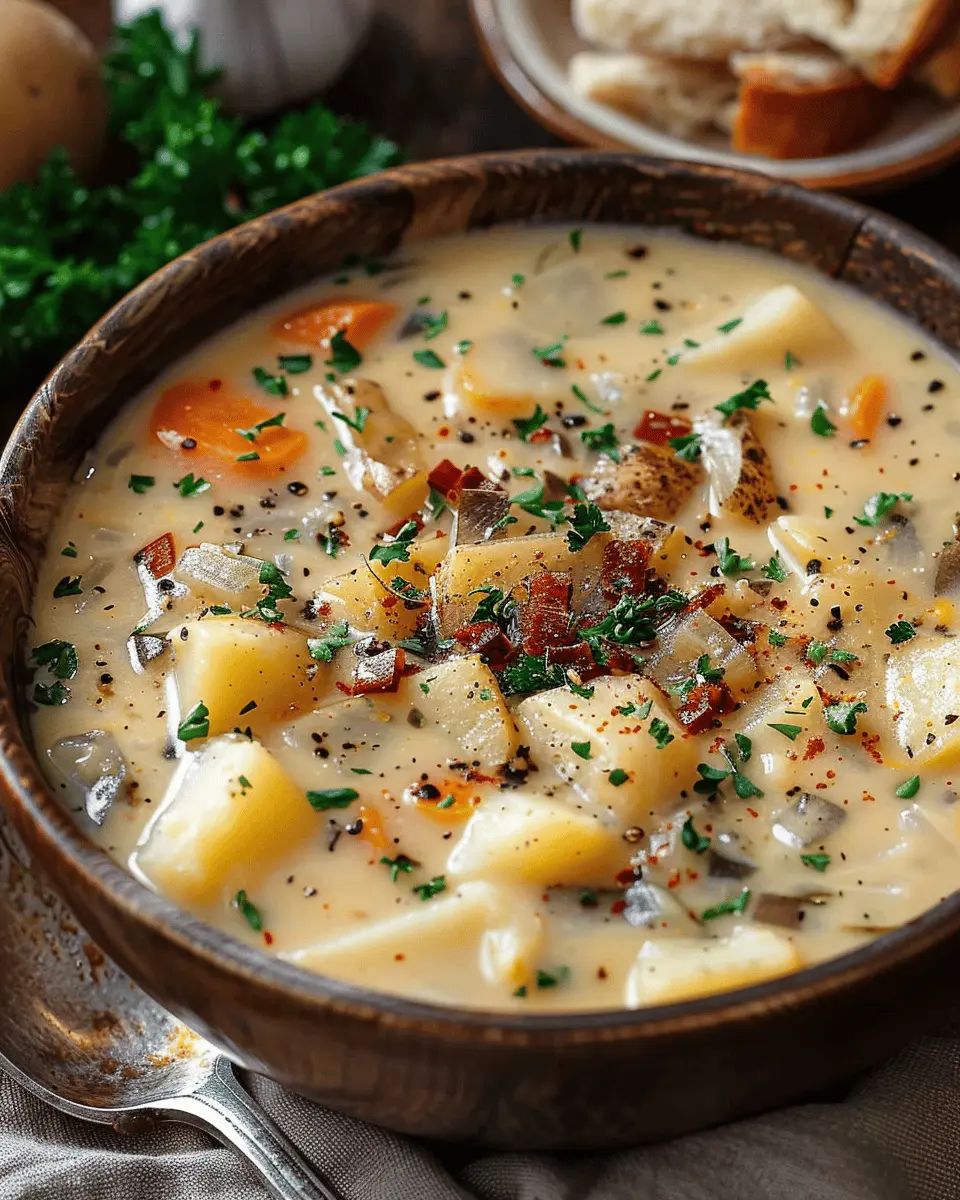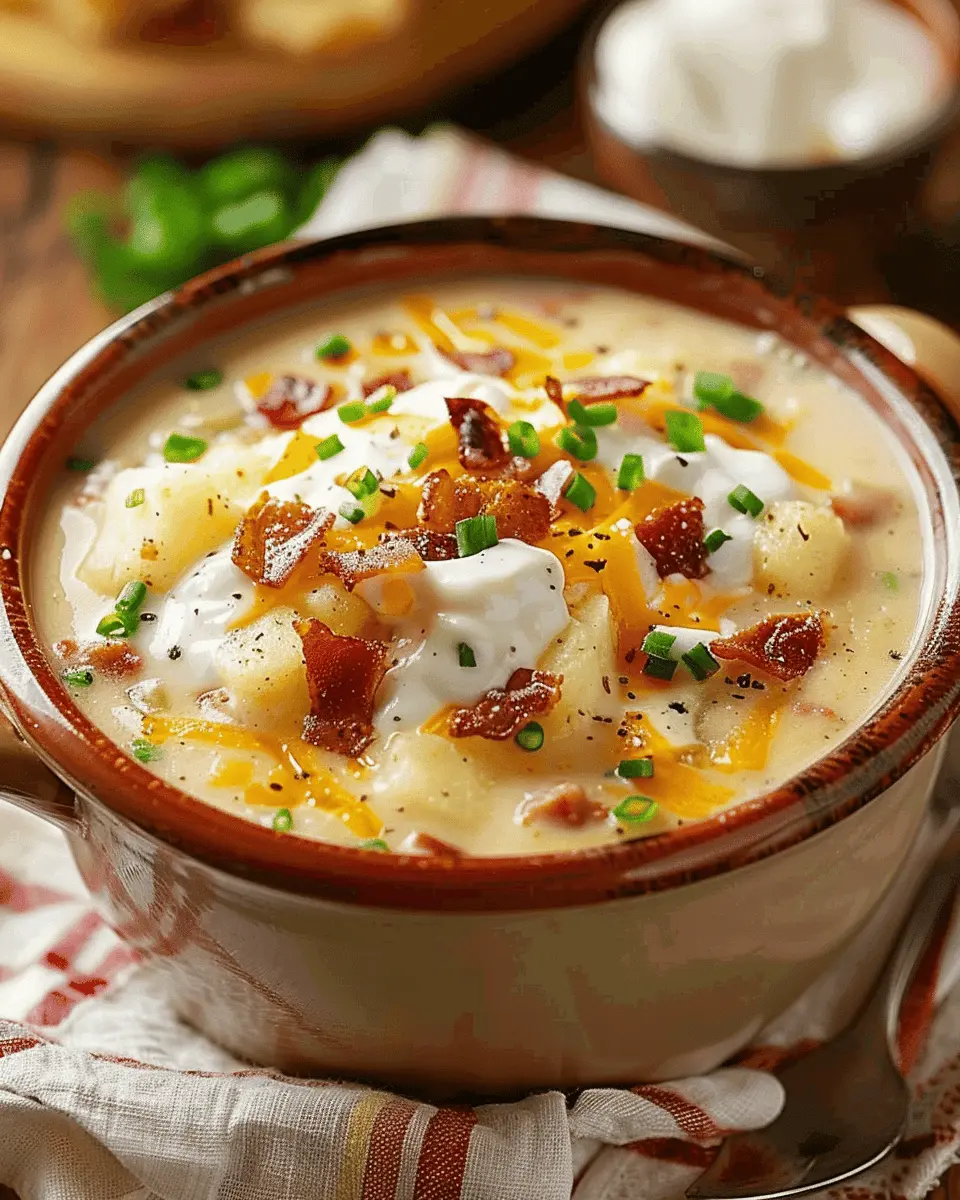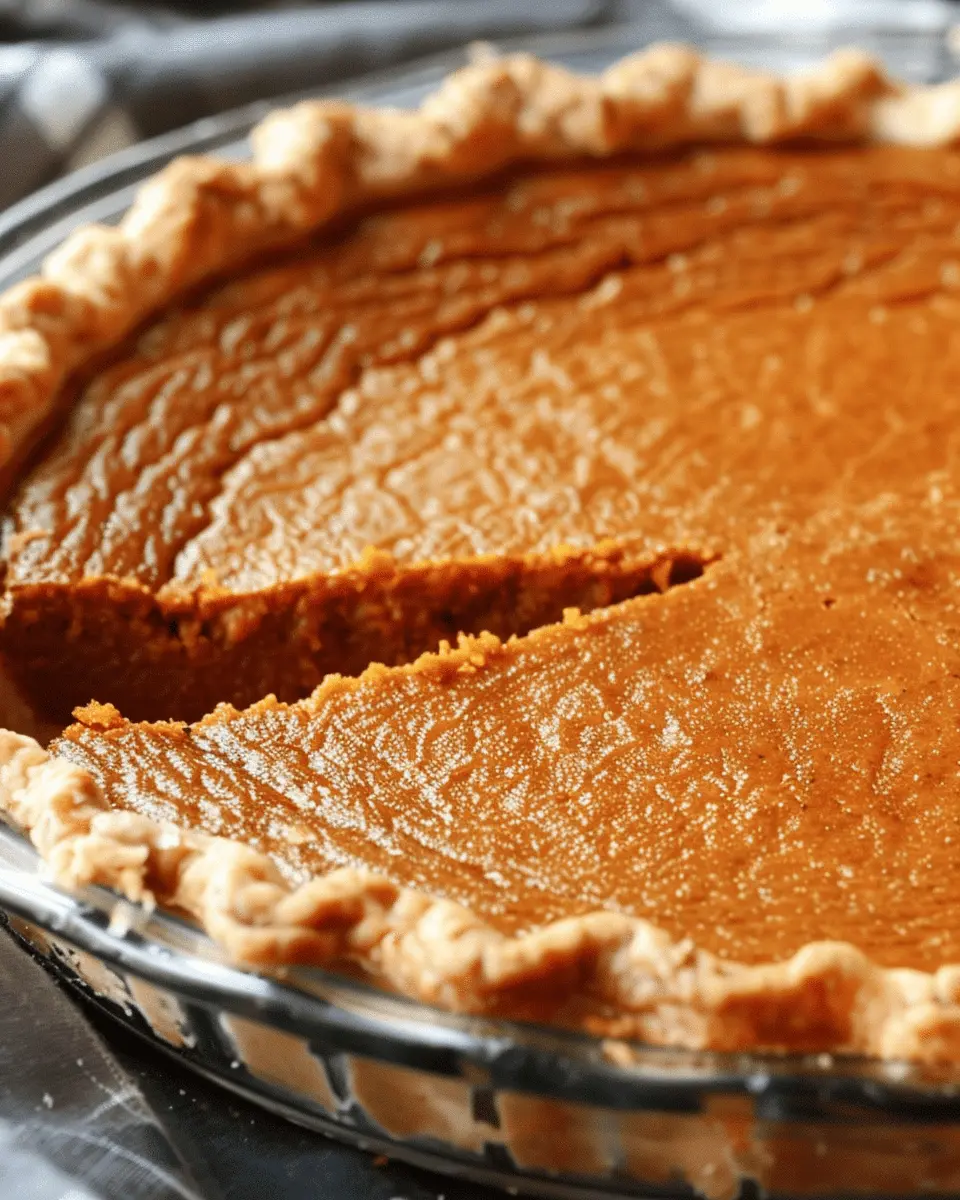Introduction to Homemade Naan
Why Homemade Naan is a Must-Try
Have you ever ventured to an Indian restaurant and been captivated by the warm, pillowy naan that accompanies your meal? If so, you’re not alone. Homemade naan is a delightful bread that has won the hearts of food lovers across the globe. With its slightly charred exterior and soft, chewy interior, making naan from scratch allows you to enjoy this culinary treat right from your own kitchen.
One of the best aspects of making homemade naan is the ability to customize the flavors to suit your taste. Want to infuse garlic or herbs? Go for it! You could even drizzle some olive oil on top for that extra richness. The sky’s the limit! You can find several imaginative recipes online, like the ones from Serious Eats that delve into unique variations — don’t hesitate to explore!
But why exactly should you consider making naan at home? For starters, the satisfaction that comes from preparing your own bread is incredibly rewarding. Not only do you control the ingredients, but you also avoid any preservatives or additives commonly found in store-bought varieties. According to a study by the Food Marketing Institute, consumers increasingly prefer homemade meals due to health and quality concerns. Feeling the dough come alive in your hands is an experience that no store-bought option can replicate.
Moreover, the ingredients required for homemade naan are simple and often found in the pantry: flour, water, yogurt, and yeast, to name a few. It’s one of those recipes that can help you feel like a professional chef, even if you’re still mastering the basics. Imagine pulling a fresh batch out of the oven and serving it up with a rich curry or as a backdrop for your favorite dips.
Whether you’re a cooking novice or a seasoned pro, homemade naan promises to elevate any meal. Embrace the adventure of homemade cooking, and treat your taste buds to something extraordinary right from your own kitchen! Don’t forget to check out expert tips on Food Blog for perfecting your naan-making skills. Get ready to impress your friends and family with this delicious and comforting dish!

Ingredients for Homemade Naan
What you’ll need for perfect naan
Making homemade naan can be a delightful culinary adventure! To achieve that fluffy, pillowy goodness, you’ll need a few essential ingredients:
- All-purpose flour: About 3 cups for the perfect base. If you prefer whole wheat, feel free to mix it in!
- Yeast: Look for active dry yeast; it helps the dough rise beautifully.
- Sugar: Just a teaspoon will help activate the yeast and enhance flavor.
- Yogurt: About a half cup, this adds moisture and that authentic tanginess.
- Water: Lukewarm, for dissolving the yeast and keeping your dough supple.
- Salt: A crucial ingredient; about a teaspoon balances the flavors.
- Olive oil or melted ghee: About 2 tablespoons for a rich taste and texture.
Once you’ve gathered these ingredients, you’re well on your way to enjoying homemade naan straight from your kitchen! Need a little more guidance? Check out this detailed naan history for some inspiration. Have you ever tried pairing naan with different dishes? It’s versatile enough to be a side for everything from chicken to vegan curries!
Preparing Homemade Naan
Making homemade naan is a rewarding process that fills your kitchen with tantalizing aromas. Whether you’re planning a dinner party or just a cozy night in, this delightful flatbread pairs wonderfully with various dishes, from savory curries to grilled meats. Let’s turn your kitchen into a culinary haven as we guide you through every step of this delicious journey.
Gather Your Ingredients
Before you can dive into the bread-making fun, you need to gather your ingredients. Here’s what you will need:
- All-purpose flour (4 cups)
- Warm water (1 cup, about 110°F or 43°C)
- Active dry yeast (2 teaspoons)
- Sugar (1 tablespoon, to help activate the yeast)
- Salt (1 teaspoon, to enhance flavor)
- Plain yogurt (1 cup, for that authentic naan texture)
- Oil (2 tablespoons, for richness)
- Optional toppings: Fresh garlic, butter, or herbs for added flavor
Having everything in place not only streamlines the process but also makes the cooking experience more enjoyable. So, let’s get started!
Mix Dry Ingredients
In a large bowl, combine your all-purpose flour, yeast, sugar, and salt. Whisk them together until well blended. This step is essential because it ensures that the yeast activates well when it meets the warm water. If you’re curious about the science behind yeast, check out this guideline on baking basics for more insights!
Create the Dough
Once your dry ingredients are mixed, it’s time for the star player: warm water. Gradually pour the warm water into your flour mixture, followed by the yogurt and oil. Using a spoon or your hands, mix everything until it forms a messy dough. It’s okay if it looks rough; that’s just part of the process. Let it rest for about 10 minutes — this will lighten the dough and make it easier to knead.
Knead Like a Pro
Now comes the fun part: kneading! Dust your work surface with a little more flour and transfer your dough onto it. Knead for about 8–10 minutes, pushing and folding the dough until it’s smooth and elastic. If you’re unsure if you’ve kneaded enough, a good test is to poke the dough; it should spring back nicely. This step is crucial for developing gluten, which gives your naan its desired texture.
Shape the Naan
Once your dough is beautifully kneaded, let it rise in a lightly oiled bowl, covered with a clean kitchen towel. Leave it for about an hour, or until it has doubled in size. After the dough rises, punch it down gently to release the air. Divide it into equal portions (about 8 works well), rolling them into balls. Flatten each ball into an oval shape, about 1/4 inch thick. Feel free to toss in some love here by adding minced garlic or herbs to the surface for extra flavor.
Cook It to Perfection
To cook your homemade naan, preheat a cast-iron skillet or a flat top grill on medium-high heat. Place your rolled naan onto the hot surface, cooking for about 1-2 minutes on each side, or until you see bubbles forming and those lovely charred spots emerging. If you want to replicate the traditional tandoor cook’s effect, cover the naan with a lid during cooking. Once done, brush your naan with melted butter or ghee, and consider sprinkling some salt or herbs on top.
Making homemade naan may seem not easy, but with these detailed steps, you’re on your way to creating a restaurant-quality flatbread in your kitchen. There’s something magical about fresh naan, and I hope your experience is as delightful as the aroma it will bring to your home!
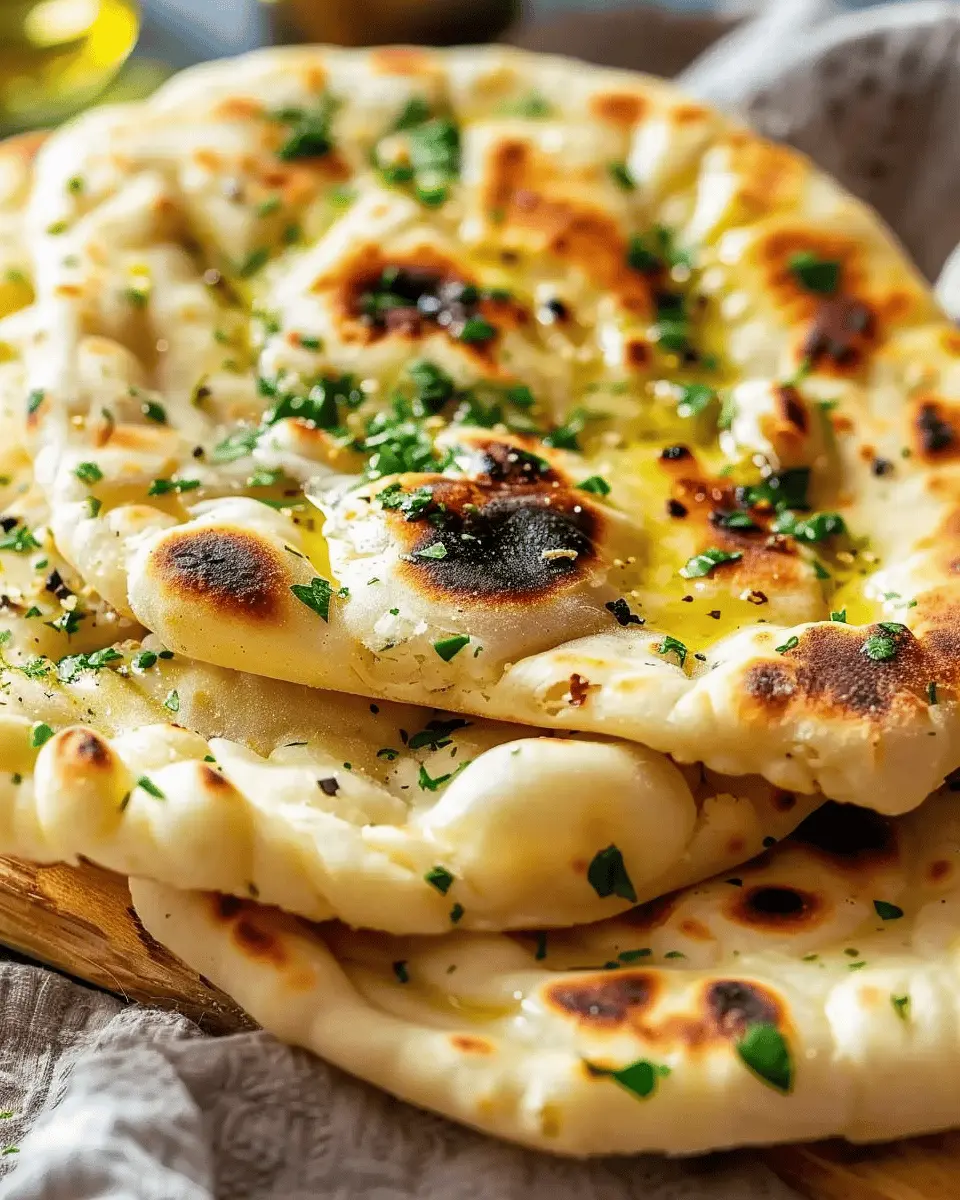
Variations on Homemade Naan
Homemade naan is incredibly versatile, and experimenting with different flavors and ingredients can elevate your dining experience. Below, I’ll share a few delightful variations to consider for your next naan-making adventure.
Garlic naan for flavor lovers
If you’re a fan of bold flavors, garlic naan is a must-try. Simply add minced garlic and melted butter to your dough before rolling it out. You can even sprinkle some fresh cilantro on top right when it comes off the grill for an aromatic finish.
This version pairs wonderfully with rich dishes like curries or even as a standalone snack. Did you know that garlic has numerous health benefits, including boosting immunity? It’s a delicious way to add some vitality to your meal.
Stuffed naan for a heartier option
For those days when you’re looking for a filling meal, look no further than stuffed naan. You can fill your dough with anything from spiced potatoes to tender chicken ham or even a cheesy blend of prominent cheeses. The secret is to ensure the filling is packed but not too wet, or you might have a mess on your hands!
Consider pairing your stuffed naan with a cucumber raita to cut through the richness.
Whole wheat naan for a healthier twist
Health-conscious foodies will appreciate whole wheat naan. Replacing all-purpose flour with whole wheat offers more fiber, which is essential for digestion. You can make it super simple: just swap flours in your naan recipe. It will still turn out soft and doughy—perfect for scooping up your favorite dips or shawarmas.
For more healthy recipe substitutions, check out the whole grains section at Whole Grains Council.
Feeling inspired? Dive into these variations and make your homemade naan a standout dish at your next gathering!
Cooking Tips and Notes for Homemade Naan
The Importance of Kneading
When making homemade naan, the magic truly begins with kneading. This process develops gluten, which gives naan its delightful texture and chewiness. Aim for at least 10 minutes of kneading to achieve that perfect dough elasticity. Try to think of it as a moment of meditation — focus on that dough and let the stress melt away!
Choosing the Right Skillet
Not all skillets are created equal when cooking homemade naan. A heavy-bottomed cast-iron skillet or a non-stick pan works best as it retains heat well, ensuring that your naan cooks evenly. If you’re adventurous, consider trying a tandoor if you have one! For a detailed comparison of skillets, check out this cookware guide.
Avoiding Common Mistakes
It’s easy to trip up on a few common pitfalls. First, don’t rush the resting phase! Allowing the dough to rise results in a fluffier naan. Additionally, ensure your skillet is hot before placing the dough — a hot pan prevents sticky mishaps. Lastly, don’t forget to adjust the cooking time; each skillet may vary. Keeping these points in mind will take your homemade naan to the next level!
By following these tips, you’re sure to impress not only yourself but anyone lucky enough to try your creations. Happy cooking!
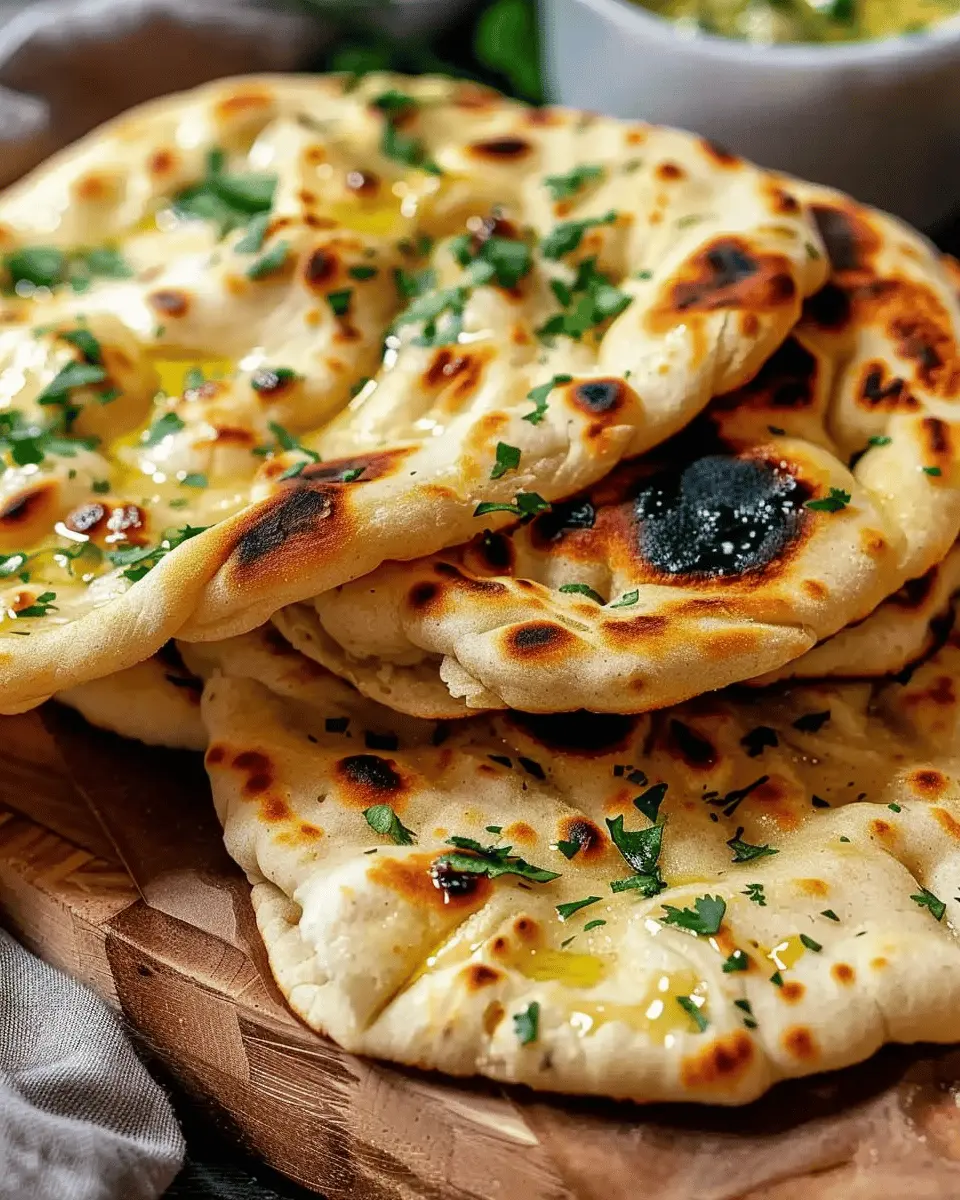
Serving Suggestions for Homemade Naan
Pair it with your favorite curry
There’s nothing quite like tearing into a piece of homemade naan while savoring a rich, aromatic curry. Whether your go-to is a creamy butter chicken or a spicy chickpea masala, naan provides the perfect vehicle to soak up all those delicious flavors. Consider whipping up a vibrant spinach and paneer dish or even a comforting lentil curry for a delightful vegetarian option. Don’t forget— the versatility of naan means it can be enjoyed with different types of curries, making your meal truly diverse.
Great options for dips
If you’re in the mood for something lighter, why not serve your homemade naan with a variety of dips? A zesty cucumber raita or a flavorful hummus can complement the naan beautifully. For a more adventurous twist, try a spicy coriander chutney or a tangy tomato salsa. These dips not only enhance the taste of the naan but also allow you to explore different flavor profiles during your meal. Check out our guide on Indian dips for inspiration!
With these serving suggestions, your homemade naan is bound to impress family and friends alike!
Time Breakdown for Homemade Naan
Preparation Time
Making homemade naan is a delightful journey that starts with about 1 hour of hands-on prep time. You’ll spend time mixing the ingredients and letting the dough rise. Don’t rush this—patience is key!
Cooking Time
Once your naan dough is ready, you’ll need to allocate an additional 10-15 minutes for cooking. Each naan can take around 2-3 minutes to get that perfect golden brown.
Total Time
Altogether, you’re looking at a total of about 1 hour and 15 minutes before you can dig into your perfectly baked naan. This investment of time will yield delicious results that are well worth the effort! For a deep dive on dough rising times, check out this article on bread making.
Happy cooking, and enjoy your homemade naan with your favorite dipping sauces or alongside any meal!
Nutritional Facts for Homemade Naan
When preparing homemade naan, it’s important to understand its nutritional contribution for a balanced meal. Let’s break down the numbers:
Calories
Each serving of homemade naan typically contains around 150-200 calories. This makes it a relatively light yet satisfying option to accompany your meals.
Protein
In terms of protein, homemade naan offers about 4-6 grams per serving. While it’s not as high as meat sources, it does provide a decent boost, especially for vegetarians looking to complement their diets.
Carbohydrates
With approximately 30-35 grams of carbohydrates, homemade naan serves as a wonderful source of energy. Pairing it with protein-rich foods or hearty vegetables can create a more nutritionally balanced plate.
For more on the health benefits of bread, check out sources like Healthline or Nutrition Data. Balancing your meals can be enjoyable while still being mindful of your nutritional intake!
FAQs about Homemade Naan
Can I make naan ahead of time?
Absolutely! Homemade naan is wonderfully versatile, and you can easily prepare it ahead of time. Here’s how: After shaping the naan, you can store it in a resealable plastic bag or wrap it tightly in plastic wrap. This will keep it fresh for up to a day at room temperature. If you need to store it longer, consider freezing the naan. Just separate each piece with parchment paper before placing it in an airtight container, and it can last for up to three months. When you’re ready to enjoy it, simply reheat in a hot skillet or oven.
How do I store leftover naan?
Leftover naan is a delightful treat, and storing it properly ensures you can enjoy it later. For short-term storage, wrap any leftover naan in plastic wrap or aluminum foil and keep it at room temperature for a day or two. For longer storage, place it in a sealed plastic bag and store it in the refrigerator, where it will last about a week. If you find yourself with a lot of naan, consider freezing it using the method mentioned earlier. You can reheat directly from the freezer; just give it a quick toss in a skillet or oven to bring back that soft texture.
What can I use instead of yogurt in the recipe?
If you’re looking for an alternative to yogurt in your homemade naan recipe, there are several options. Here are a few:
- Buttermilk: This offers a similar tanginess and can be used in equal amounts.
- Sour cream: Another great substitute with a rich texture.
- Coconut milk: For a dairy-free option, use full-fat coconut milk for creaminess.
- Applesauce: This adds moisture and a hint of sweetness.
Making homemade naan is a fun journey in the kitchen, and with these tips, you’ll master the art in no time! For more cooking insights, check out resources like Serious Eats or BBC Good Food.
Conclusion on Homemade Naan
Why you’ll want to make naan at home
Making homemade naan is not just about enjoying delicious bread; it’s about creating a memorable experience in your kitchen. Picture this: the warm aroma of freshly cooked naan, soft and chewy, right from your oven. It’s a satisfying way to elevate your meals—pair it with your favorite curries or use it for delightful wraps.
Before you start, remember that the joy of cooking is in experimenting. Don’t hesitate to adjust flavors or add toppings like garlic or herbs. You’ll not only impress your friends but also cherish these culinary moments. So why wait? Roll up your sleeves and dive into the art of making naan today! For more insights on Indian cuisine, check out Serious Eats.
PrintHomemade Naan: The Easiest Way to Elevate Your Dinner Experience
Learn how to make delicious homemade naan that will elevate your dinner experience with its soft and chewy texture.
- Prep Time: 15 minutes
- Cook Time: 10 minutes
- Total Time: 1 hour 25 minutes
- Yield: 6 naan 1x
- Category: Bread
- Method: Stovetop
- Cuisine: Indian
- Diet: Vegetarian
Ingredients
- 2 cups all-purpose flour
- 1 teaspoon salt
- 1 teaspoon sugar
- 1 teaspoon baking powder
- 3/4 cup warm water
- 1/4 cup plain yogurt
- 2 tablespoons olive oil
Instructions
- In a bowl, combine the flour, salt, sugar, and baking powder.
- Add the warm water, yogurt, and olive oil, and mix until a dough forms.
- Knead the dough for about 5 minutes until smooth.
- Cover the dough and let it rest for 1 hour.
- Divide the dough into equal portions and roll each portion into a flatbread shape.
- Cook the naan on a hot skillet for about 2-3 minutes on each side.
- Serve warm, brushed with butter if desired.
Notes
- For extra flavor, add minced garlic or herbs to the dough.
- Serve with your favorite curry for a complete meal.
Nutrition
- Serving Size: 1 naan
- Calories: 180
- Sugar: 1g
- Sodium: 200mg
- Fat: 5g
- Saturated Fat: 1g
- Unsaturated Fat: 3g
- Trans Fat: 0g
- Carbohydrates: 30g
- Fiber: 1g
- Protein: 5g
- Cholesterol: 0mg
Keywords: Homemade Naan, Naan Recipe, Indian Bread
